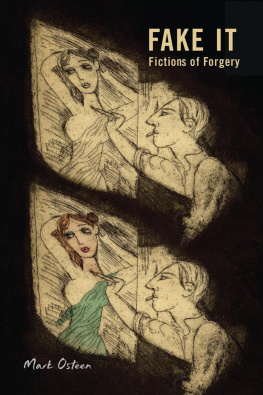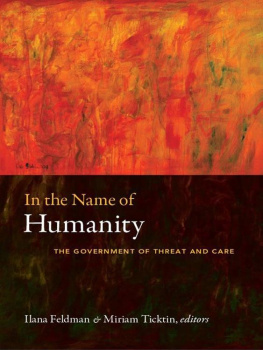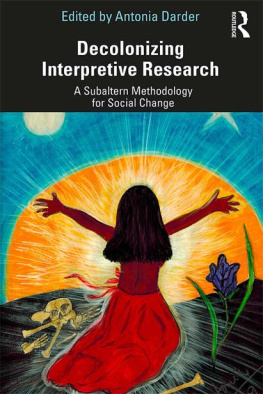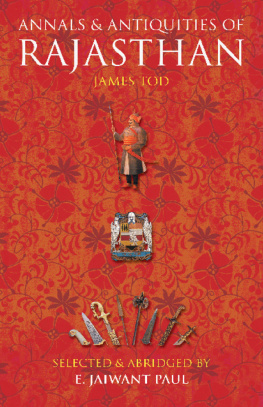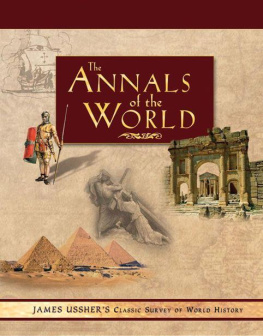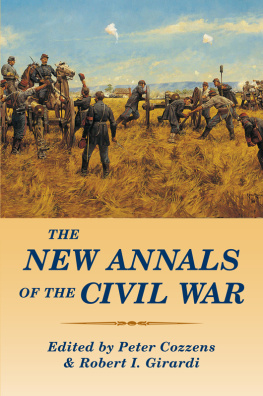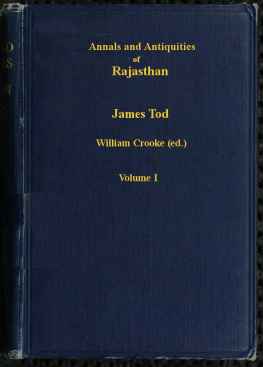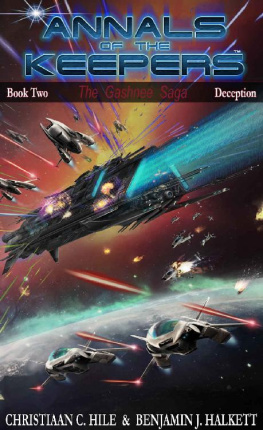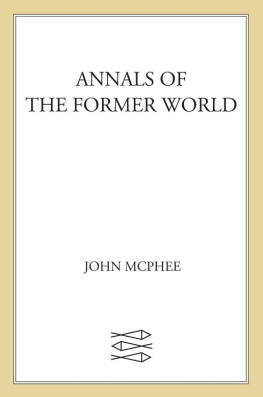THE ANNALS OF KING TAEJO
The Annals of King Taejo
Founder of Koreas Chosn Dynasty
TRANSLATED AND ANNOTATED BY
Choi Byonghyon
HARVARD UNIVERSITY PRESS
Cambridge, Massachusetts
London, England
2014
Copyright 2014 by the President and Fellows of Harvard College
All rights reserved
Cover painting: Royal Portrait Museum, Cheonju City, South Korea
Cover design: Jill Breitbarth
The Library of Congress has catalogued the print edition of this book as follows:
Taejo sillok. English.
The annals of King Taejo: Founder of Koreas Choson Dynasty / translated and annotated by Choi Byonghyon.
pages cm
Includes bibliographical references and index.
ISBN 978-0-674-28130-1
1. Taejo, King of Korea, 13351408. 2. KoreaHistoryChoson dynasty, 13921910. I. Choi, Byonghyon, 1950 translator, annotator. II. Title.
DS913.15.T33813 2014
951.9'02dc23
2013040219
Contents
Late Kory and Early Chosn Korea
The English translation of the entire Annals of King Taejo (Taejo Sillok) has never been attempted until now. My decision to travel down this untrodden path was fueled by my desire to make this vital source of premodern Korean history accessible to general readers throughout the world.
The source text, written in Classical Chinese, was translated into Korean hangl over several decades by a team of scholars in both South Korea and North Korea; for my English translation, I consulted these two hangl translations in addition to the source text, which is known as the Taebaek Mountain Repository Edition. The North Korean version is easy to read, yet hard to understand, since some words and names are not accompanied by Classical Chinese in the source text. The translation in the South Korean version, by contrast, is often too literal and reads more like a preliminary translation. Notwithstanding, the South Korean version of the Sillok text was digitized and, since 1999, made available online by the National Institute of Korean History, together with the original source text in Classical Chinese (both of which helped me immensely in my translation endeavors).
Nevertheless, the problem of an inadequate hangl translation still remained, which is why the Institute for the Translation of Korean Classics decided to launch a massive project to retranslate the entire Sillok into hangl. Unfortunately, I was unable to reap any benefits from the project, as my English translation began during its very early stages. What I sought to gain from the new translation, however, was the information in the footnotes about the numerous historical figures and official titles that the existing hangl translations failed to provide.
In my translation, I chose to use the McCune-Reischauer system to romanize Korean words, which I feel is more accurate and convenient, especially once readers become accustomed to it. Due to the many details in the Annals, I at first decided to provide titles for each entry to help readers, but these often appeared redundant, so I removed them all at the last moment. One of the most difficult challenges I encountered in my endeavor was the translation of official titles and agency names. I consulted a number of previous works to solve the problem, and I feel deeply indebted to many distinguished scholars, including Charles O Hucker, James Palais, Edward W. Wagner, Donald Baker, Edward J. (Ned) Shultz, and John B. Duncun. However, the administrative terminology or governmental nomenclature during late Kory and early Chosn were so diverse and complicated that I was compelled to produce the translation on my own or revise the ones created by others, constantly consulting the Monograph on Official Posts (Paekkwan chi) and the National Code (Kyngguk taejn). As for the footnotes, I mainly consulted the History of Kory (Korysa) and the Encyclopedia of Korean Culture (Hanguk minjok munhwa tae paekkwa sajn) for historical personages, and the Augmented Survey of the Geography of Korea (Tongguk yji sngnam) for place names, and I feel my annotation based on these sources are not as sufficient as I want them to be. I find the biographical annotation on the Jurchen and Japanese persons, not to mention their names, is even less satisfactory because I was unable to find reliable scholarly information on them due to the constraint of time in which I had to work. The map of late Kory and early Chosn that I provided may appear somewhat controversial because the northern borders during this period were not firmly settled as those shown in the map. However, I decided to take a risk in order to help clarify for readers their understanding of the geography and locations, which are essential to the understanding of the text.
Finally, the Annals of King Taejo is only the beginning of The Annals of the Chosn Dynasty, which consists of a total of 1,893 volumes. Throughout my translation process, Walt Whitman reminded me, ever so poetically, of the fact that I myself but write one or two indicative words for the future. So it is up to others in the days ahead to continue this important work of translation.
The task of translating a text of the magnitude of The Annals of King Taejo could not be carried out without the assistance of others. From the start of my adventurous endeavors, I have been indebted to many people, including Dr. Dae Soon Lee, former president of Honam University, who has consistently encouraged and helped me in my efforts to globalize premodern Korean classics through English translation. Professor Kim Byungguk of Korea University, former president of the Korea Foundation, was instrumental to my project, not only inspiring me to take on this challenging task, but also providing me financial support from the Korea Foundation, which he led at the time. Further, he encouraged me to publish my work through Harvard University Press, introducing me to Kathleen McDermott, executive editor for history. I am also grateful to Professor Donald Baker of the University of British Columbia and his assistant Song Jiyeon for their advice and assistance in my work, especially the translation of various official titles. Then I owe my deepest gratitude to Professor Timothy Atkinson of Seoul University of Foreign Studies, who proofread my entire work in a very limited time. In romanizing Japanese names and titles, I was assisted by my colleagues at Honam University, Professor Chng Hajun and Kim Taegi, as well as Professor Kim Kyngho of Mejiro University in Japan and Professor Yi Chngnim, a Chinese studies scholar whom I often consulted regarding classical Chinese texts. In addition, I owe my gratitude to the authorities of the National Institute of Korean History, including President Yi Tae Jin and Ms. Pak Hannam, for inviting me to their institute and sharing their interest in the translation of The Annals of the Chosn Dynasty, introducing scholars, and providing me with necessary information and books. I also want to extend my gratitude to the scholars of the Institute for the Translation of Korean Classics, including Dr. S Chngmun and Dr. Kim Nakchl, who kindly answered my queries regarding the names of places and people in the text. The Royal Portrait Museum gave permission to use the royal portrait of King Taejo for the book jacket, for which I am grateful.
In the last phase of my endeavors, I was lucky to meet Professor Emeritus Gari Ledyard of Columbia University. We reviewed together the glossary and place names in my manuscript at Kent Hall and enjoyed and exchanged views on various aspects of Korean studies. I especially appreciate how he made more than a dozen trips from Hartsdale to see me at Columbia, and his encouragement greatly boosted my morale at a critical juncture of this project. I am also grateful to Professor Ned Shultz of the University of Hawaii for providing me with valuable advice in relation to the introduction and arrangement of entries in my book. Let me also acknowledge my profound gratitude to Kathleen McDermott of Harvard University Press for her keen interest in premodern Korean history; and to Katie Ostler, who guided the book through copyediting and typesetting. I am also grateful to Honam University for granting me a half-year sabbatical leave to finalize my work. I am also keenly mindful of the librarians at Honam, including No Sanghwi and Paek Sinsuk, and my students Kim Chunui and Cho Pmsin, who were indispensable in my search for books and materials and in solving computer problems over the years. Next, I wish to acknowledge my old friends, including the Kunik Lees in New Jersey and the Chunsiks in Philadelphia. My sister Byongnim in Connecticut, my younger daughter, Sunny, in New York, and my older daughter, Yoon Sung, in Los Angeles all generously accommodated me and my wife for nearly three months as I wrapped up my work. Yoon Sung, in particular, proofread some portions of my work. I also thank my beloved wife, Inyoung, who has supported me along the way.




